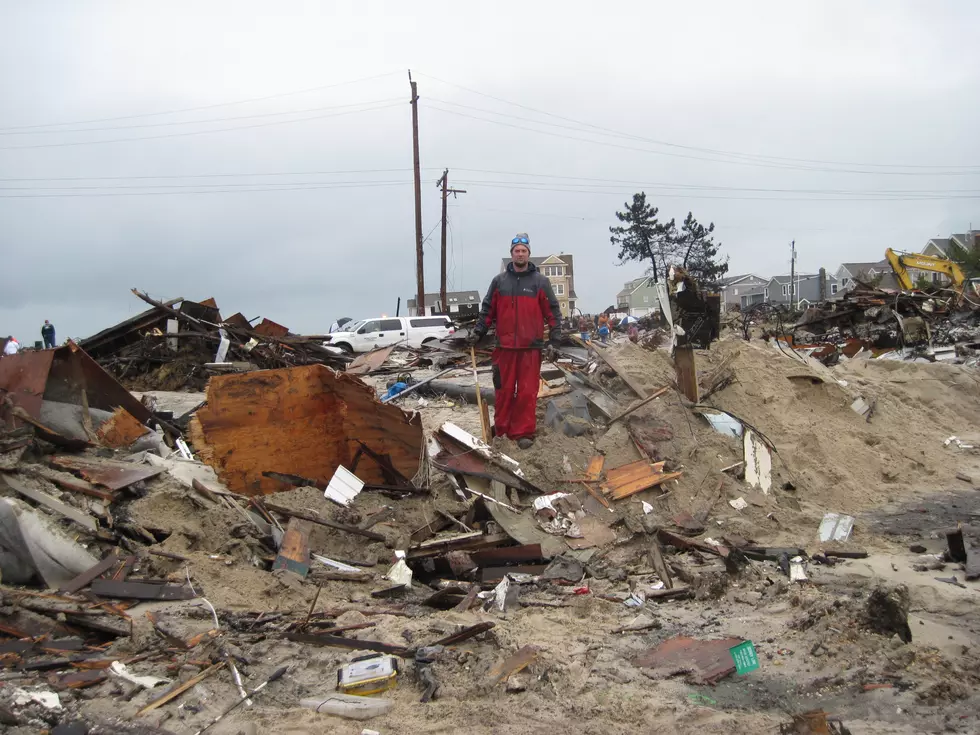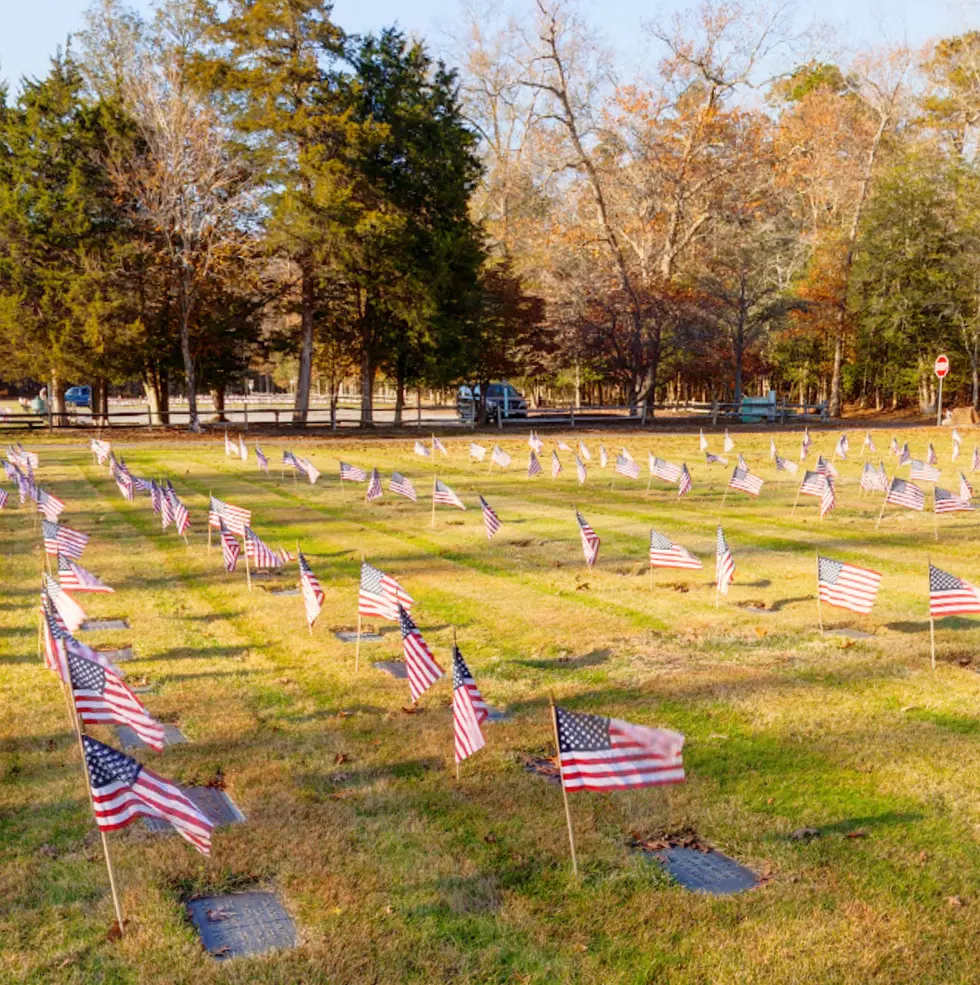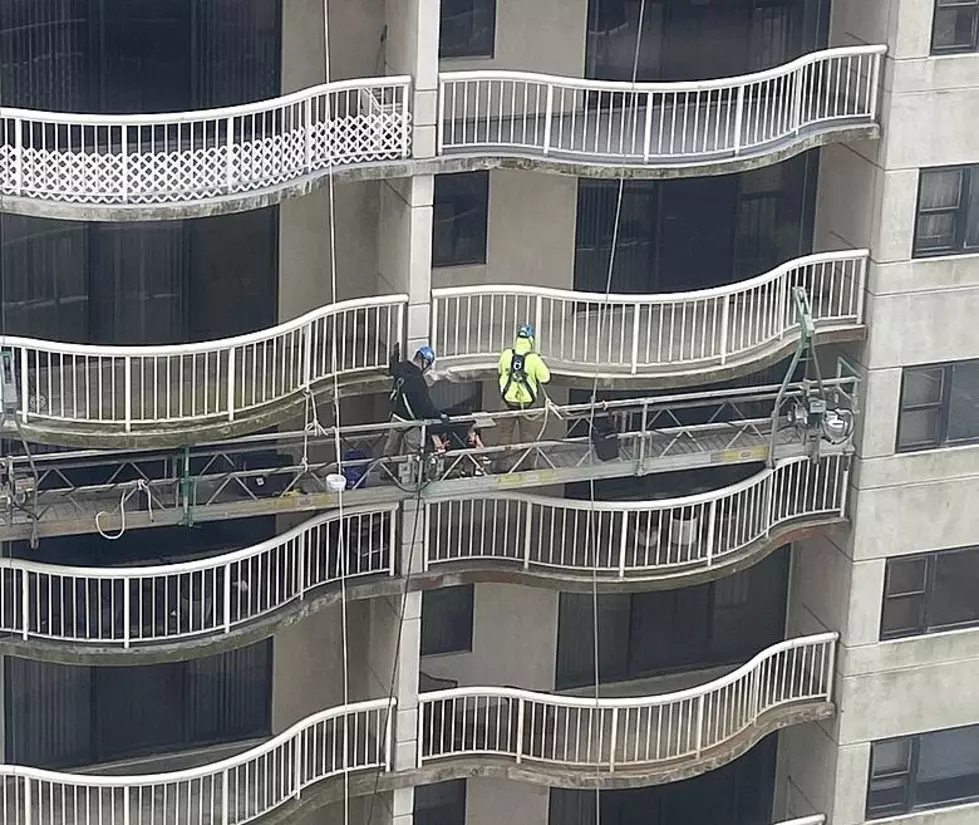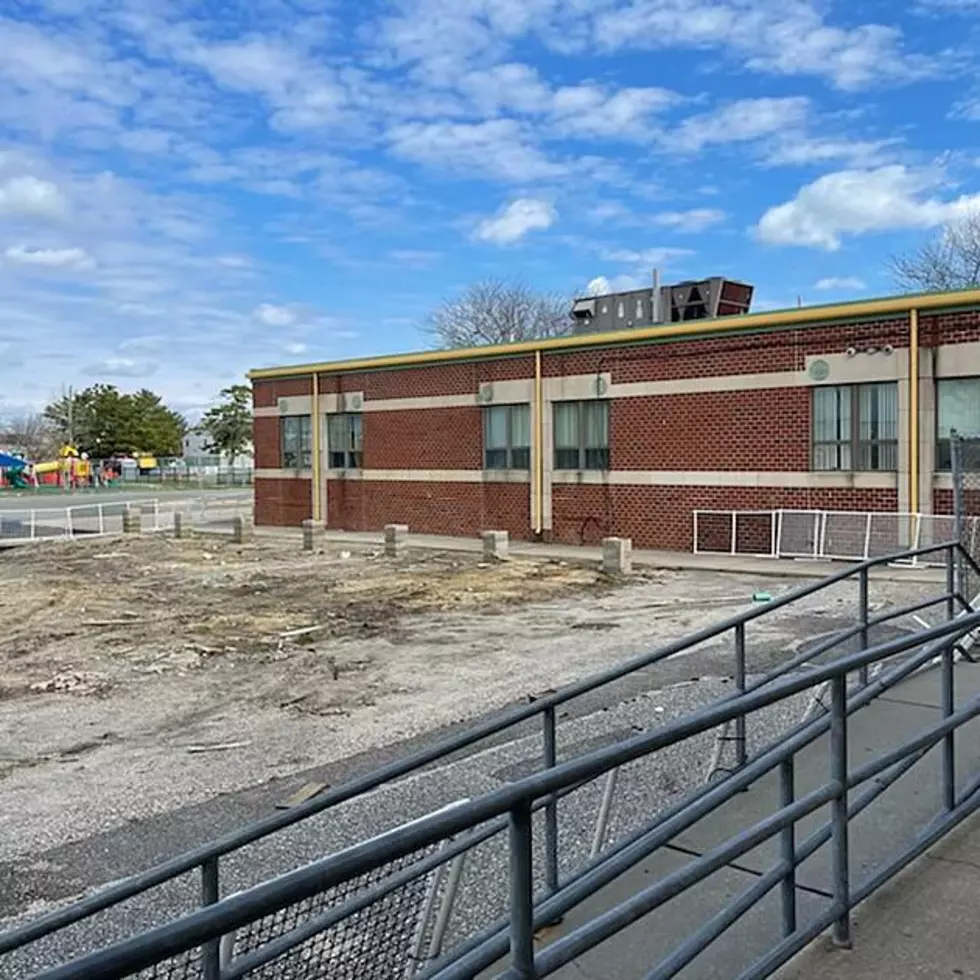
NJ Residents Still Fighting to Get Home 10 Years After Sandy
Nick Honachefsky had been a year-round resident of the Camp Osborn neighborhood of Brick Township for 15 years when Sandy rolled in and took everything.

Since then, he's lived in 15 different spots, waiting to get back to a permanent home.
Not only was Nick's bungalow in the path of a natural waterway caused by the 2012 storm; a fire that ignited in the community during the height of the storm ended up reducing the entire neighborhood to rubble.
Following years of red tape — delivered by local, state and federal officials, he said — Nick decided to sell his lot in March of this year, so he wouldn't "have to do deal with the cancer of it anymore."
"It wasn't Sandy that really stressed me out, it was after Sandy and the process of trying to get back," he told us.
Now the 48-year-old is looking for a home in Lavallette.
Nick represents one of countless Sandy survivors who've "fallen through the cracks," according to New Jersey Organizing Project, a grassroots organization that advocates for the shore region and storm-impacted Garden State residents.
"Unfortunately, nobody knows the exact number of Sandy families who still aren’t home, likely due to the fact that no federal or state agency has been tracking these people," NJOP said in an emailed statement.
Since the storm, according to Department of Community Affairs data, approximately $4.2 billion in federal Community Development Block Grant Disaster Recovery funding has been awarded to New Jersey for Sandy recovery, including $1.2 billion in homeowner assistance. The funding addresses unmet needs not covered by private insurance, FEMA, small business loans, or other sources.
Of the more than 14,000 applicants for the state's RREM program (Reconstruction, Rehabilitation, Elevation, and Mitigation), around 7,300 were approved, NJOP noted. Of that cohort, the overwhelming majority have made it back home.
"One of the biggest obstacles to getting families home is funding — the overall lack of it, and the slow pace with which it ends up in people’s pockets," NJOP said. "Flood insurance companies underpaid their claims, grant funding for home repairs took way too long to get to survivors, and even when it did, it was not enough to get everyone home and fully recovered."
Robert Lukasiewicz, whose Atlantic City home remains just a shell due to the 2012 storm, still has no timeline for a return home. But he is not giving up on getting back to the home that had been in his family since the 1940s.
"I'm not selling. It just sits there until God sends me the idea I need," he said. "At this point, I'm going to have to raise private money."
The storm made landfall just miles from Robert's home and delivered three feet of water into the first level. Since then, he said, trying to get through the rebuilding process has been "like pulling teeth without anesthetic."
"The aftermath of the storm was worse than the storm itself, and the storm was really bad," he said.
Sandy "clawbacks"
Back home or not, the threat of being on the hook for overpayment of funds continues to haunt survivors of Sandy.
Joe Mangino, whose family managed return to their home in Beach Haven West three years after the storm, is being asked to return $4,000 of the funds he had been awarded. So-called clawback letters have gone out to residents who received certain funds by mistake or funds that were considered "duplicate" when taking into account other avenues of assistance available to storm survivors.
"A lot of people have settled their clawback because they needed to sell their home or they needed to do something else," Mangino said. "It's been out of desperation, or just a need to move on with their life."
Repayment of disaster funds is delayed until at least 2025, under a spending bill signed by President Joe Biden earlier this year. Gov. Phil Murphy's administration, meanwhile, announced a freeze on state clawback attempts in 2018, and there's a push in the Legislature to scrap Sandy clawback attempts altogether.
According to New Jersey Organizing Project, over 1,700 survivors are being asked to pay back funds they were given to try to return home.
10 years later — Sandy makes landfall in New Jersey
States with the most registered hunters
More From WPG Talk Radio 95.5 FM










